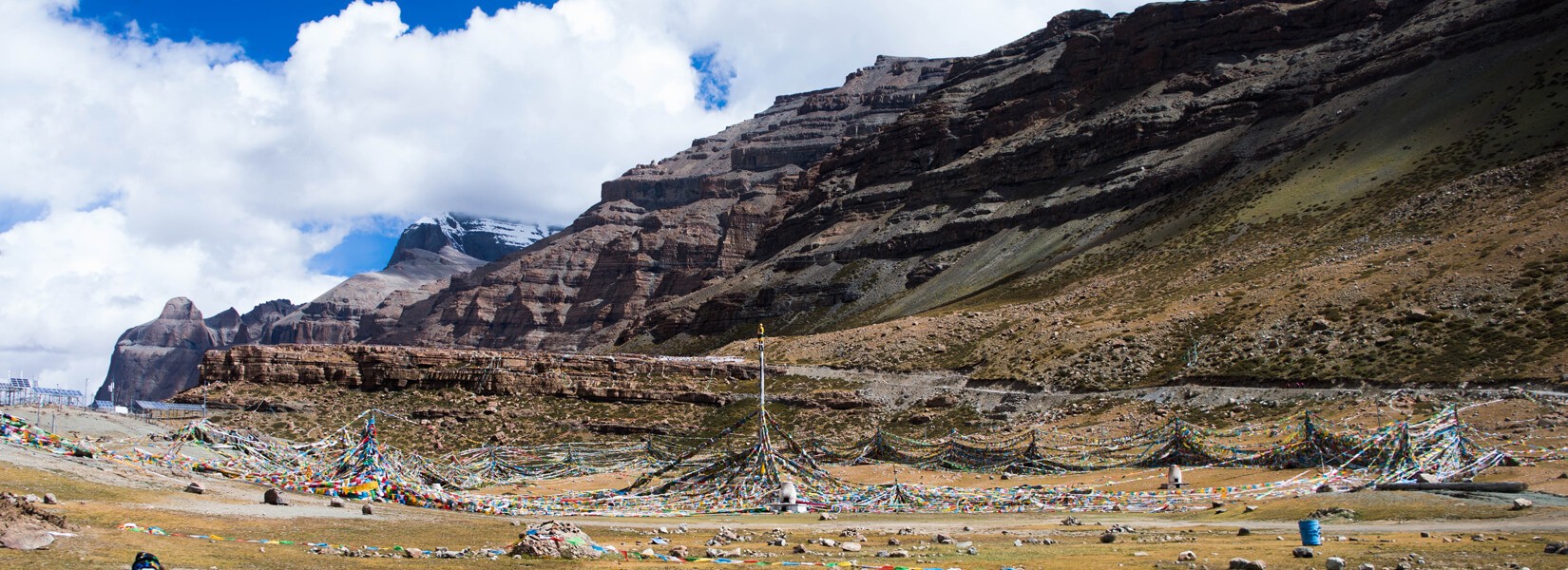Highlights
- Kailash Kora
- Saka Dawa festival
- Tibet tour
- Adventure tour
- Mount Kailash
- Lake Manasarovar
- Tirthapuri, and the historical site of the Guge Kingdom
- Brahmaputra, Karnali, Sutlej, and Indus river
About Saka dawa festival 2024
Saka Dawa is a significant festival in the Tibetan Calendar, held during June, which corresponds to the fourth month. It is believed that Sakyamuni Buddha achieved enlightenment on this auspicious day. The festival is celebrated during the full moon of the fourth lunar month, and in 2024, it will fall on the day of the Saka Dawa festival.
Located in the far west of Tibet, Mount Kailash is revered as the holiest mountain in the world. It is considered the "Roof of the World" and is associated with the crown chakra or Sahasrara, representing the highest energy center and the head chakra of the Earth. Hindus, Buddhists, Jains, and Bonpo followers hold sacred beliefs about Mount Kailash, drawing interpretations from ancient scriptures and tantric visions.
The region around Mount Kailash is rich in spiritual significance and is home to various sacred sites, including Lake Manasarovar, Rakxes Tall, Tirthapuri, and the historical site of the Guge Kingdom. Additionally, it encompasses the sources of four holy rivers, namely Brahmaputra, Karnali, Sutlej, and Indus. Many parts of this special geographical area are protected to preserve its sanctity.
For those seeking spiritual purification and liberation from sins, undertaking Mt. Kailash Kora, a circumambulation around the sacred mountain, is considered highly auspicious. Saka Dawa is regarded as the main day for performing this Kora. If you wish to embark on this profound journey, Himalayan Ecological Trekking offers a guided trek to make your experience joyful and spiritually fulfilling.
Join us in this sacred pilgrimage and discover the mystical wonders of Mount Kailash and the holy regions of Tibet. Together, we can foster cooperation in further scientific research to preserve and understand the ecological and spiritual significance of this revered land. Let us help you make your life happier and spiritually enriched through this once-in-a-lifetime experience.
Useful Information
Meaning and Significance: Saka Dawa is observed in the fourth lunar month of the Tibetan calendar, which usually falls in May or June. It is considered an auspicious month as it is believed that the merit of positive actions is multiplied during this time. Many Buddhists engage in virtuous activities, such as prayer, meditation, and acts of compassion, to accumulate merit and purify negative karma.
Duration: The Saka Dawa Festival typically lasts for the entire lunar month, with the main celebrations taking place on the full moon day. The festivities begin with an opening ceremony and continue with various religious rituals and events throughout the month.
Pilgrimages: Tibetan Buddhists often undertake pilgrimages during Saka Dawa. The most renowned pilgrimage destination is Mount Kailash in western Tibet, which is considered sacred by Buddhists, Hindus, Jains, and Bon practitioners. Pilgrims circumambulate the mountain, believing that doing so will purify their souls and bring them closer to enlightenment.
The Lighting of Butter Lamps: One common practice during Saka Dawa is the lighting of butter lamps. Devotees offer butter lamps in temples, monasteries, and at home to symbolize dispelling the darkness of ignorance and bringing forth wisdom. The glowing lamps are believed to create positive energy and merit.
Prostrations and Prayer Flags: Tibetan Buddhists engage in prostrations and recitation of prayers during Saka Dawa. It is common to see devotees performing full-body prostrations as an expression of devotion and humility. Prayer flags are also hung in sacred places, carrying prayers and blessings on the wind.
Vegetarianism and Animal Liberation: Many Tibetans adopt a vegetarian diet during Saka Dawa as an act of compassion, refraining from harming sentient beings. Animal liberation practices are also prevalent, where animals, such as fish or birds, are released back into their natural habitats to save them from harm.
Monastic Celebrations: Monasteries and temples play a central role in the Saka Dawa Festival. Elaborate rituals, chanting, and ceremonies are conducted by monks and lamas. These include the display of sacred thangkas (religious paintings) and the performance of cham dances, which depict stories from Buddhist scriptures.
Cultural Celebrations: Saka Dawa is not only a religious event but also a time for social and cultural festivities. People come together to celebrate with music, dance, traditional Tibetan cuisine, and various forms of entertainment. It is a time of joy and communal harmony.
